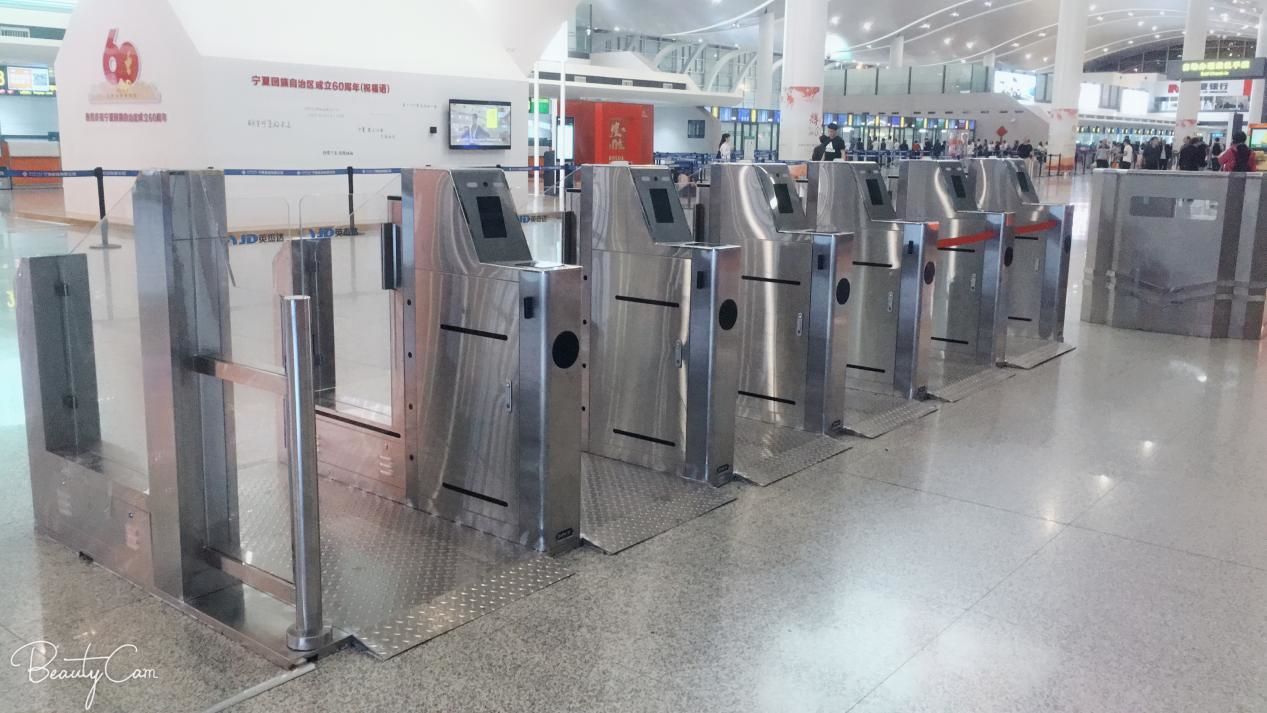The biometric turnstile is a type of access control system that uses biometric technology to identify and authenticate individuals. It is typically used in high-security areas such as airports, government buildings, and corporate offices. The turnstile is designed to allow only authorized personnel to pass through, while denying access to unauthorized individuals. Biometric turnstiles are becoming increasingly popular due to their ability to provide a secure and reliable form of access control. They are also more cost-effective than traditional access control systems, as they require less maintenance and can be easily integrated into existing security systems.
Biometric turnstiles use a variety of biometric technologies to identify and authenticate individuals. These technologies include fingerprint scanning, facial recognition, iris scanning, and voice recognition. Each technology has its own advantages and disadvantages, so it is important to choose the right one for your particular application.
Biometric turnstiles are typically used in conjunction with other access control systems, such as card readers, QR code/passport scanners, card collectors, coin collectors and keypads. This allows for a more secure and reliable form of access control, as the biometric turnstile can be used to verify the identity of an individual before they are granted access.
Biometric turnstiles are also becoming increasingly popular in public places, such as shopping malls and stadiums. This is due to their ability to provide a secure and reliable form of access control, while also allowing for a more efficient flow of people.
Biometric turnstiles are an important part of any access control system, as they provide a secure and reliable form of authentication. They are also becoming increasingly popular due to their cost-effectiveness and ease of integration into existing security systems. As such, they are an ideal solution for any organization looking to improve their security and access control.
Post time: Mar-13-2023









